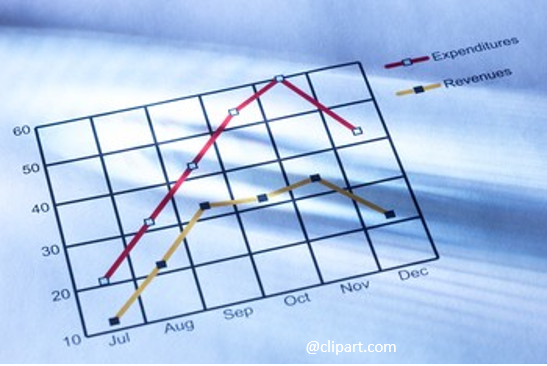
In my last post, I discussed the 2nd Half Year Business Plan (2HYBP) as an opportunity to reassess and re-plan the second half of your company’s performance for the year. Hopefully, you were able to get your June financials closed tightly, analyzed the business trends and re-forecasted next two quarters.
I have all my June reporting packages completed, but I’ve had some challenges getting all the 2HYBP’s done – one of my clients is having trouble nailing down the sales plans. And since the sales plan is the basis for the overall financial plan, we’re a little behind.
Maybe it’s paralysis analysis, but we are just finishing a deep dive into the sale forecast, slicing sales by product, by segment, by customer, by region, and by sales rep. The sales forecast now is a driver and a scorecard. The team is engaged and totally committed. Sometimes it pays to be patient. The rest of the 2HYBP is being developed around the sales plan. The organizational chart got slightly reconfigured, and we added some additional expense provisions for a segment’s revenue growth and production efficiency.
We also developed goals around the cash flow drivers—primarily days sales outstanding (DSO) and inventory turnover. This is a large global company and the impacts on small improvements are massive. Plus, they have much too much inventory (calculated at 272 days). We have developed plans to smooth imports and improve purchasing operations and feel we can easily drop on-hand inventory by 90 days. Based on their sales volume, this improvement will add $17 million to cash!
The cash flow driver principle works the same way for smaller companies too. Consider a $2,000,000 company with $250,000 in accounts receivable. Bringing DSO to 35 days adds $58,000 of cash to the balance sheet. Small improvements in accounts receivable and inventory turns are important to continually work to improve cash flow.
The 2HYBP goals should focus on 5 things from the financial side: sales, gross margin, employee efficiency, expenses, and cash flow. How are yours doing?
